My research is focused on investigating the role of reactive oxygen species (ROS) and redox signaling in vascular biology and cardiovascular/metabolic disease, especially angiogenesis, a process of new blood vessel formation from quiescent endothelial cells (ECs), which is required for normal development, wound healing and neovascularization required for treatment of ischemic heart/limb disease. My laboratory is one of the first to demonstrate that endothelial H2O2 derived from NAPDH oxidase (NOX) is required for ischemia-induced neovascularization. Using yeast two-hybrid system, we identified IQGAP1, as a novel VEGF receptor type2 (VEGFR2)-binding scaffold protein, involved in compartmentalized ROS signaling at lamellipodial leading edge (see my invited review in Science STKE 2006), which promotes directional EC migration that drives angiogenesis. We also demonstrated that extracellular SOD (ecSOD)-derived H2O2 at caveolae/lipid rafts as well as “ROS-induced ROS release” orchestrated by NOX activation and mitochondria play a critical role in VEGFR2 signaling and angiogenesis. To determine the molecular mechanism of how highly diffusible H2O2 signal is sensed to promote angiogenesis, we employ the highly innovative biotin-conjugated Cys-OH trapping probe and redox proteomics approach to identify the ROS targets/sensors, “sulfenylated (Cys-OH formed) proteins, involved in angiogenesis. We also study the role of redox metal copper (Cu), an essential micronutrient, in angiogenesis and have demonstrated for the first time that Cysteine oxidation of Cu transport protein, CTR1, promotes VEGFR2 internalization and sustained signaling driving angiogenesis (Nature Cell Biology, 2022). My strong expertise in redox signaling and vascular biology will advance understanding of molecular mechanisms by which H2O2 signaling mediates vascular adaptation in response to ischemia and exercise while excess ROS (oxidative stress) contribute to many complications such as diabetes, aging, atherosclerosis, and tumor development. My lab uses molecular cell biology and biochemical approaches, cell imaging, protein-protein interaction and signal transduction analysis and various genetic mice models including CRISPR/Cas9-mediated knock-out and knock-in mice. Our long-term goal is to develop new therapeutic strategies for treatment of ischemic cardiovascular diseases, inflammaging, Alzheimer’s disease and cancer.
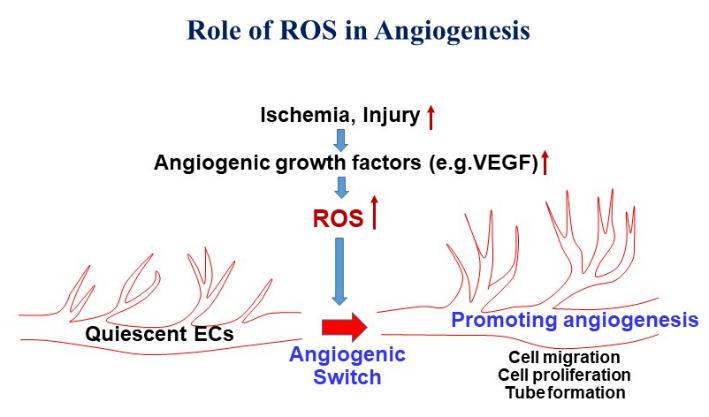
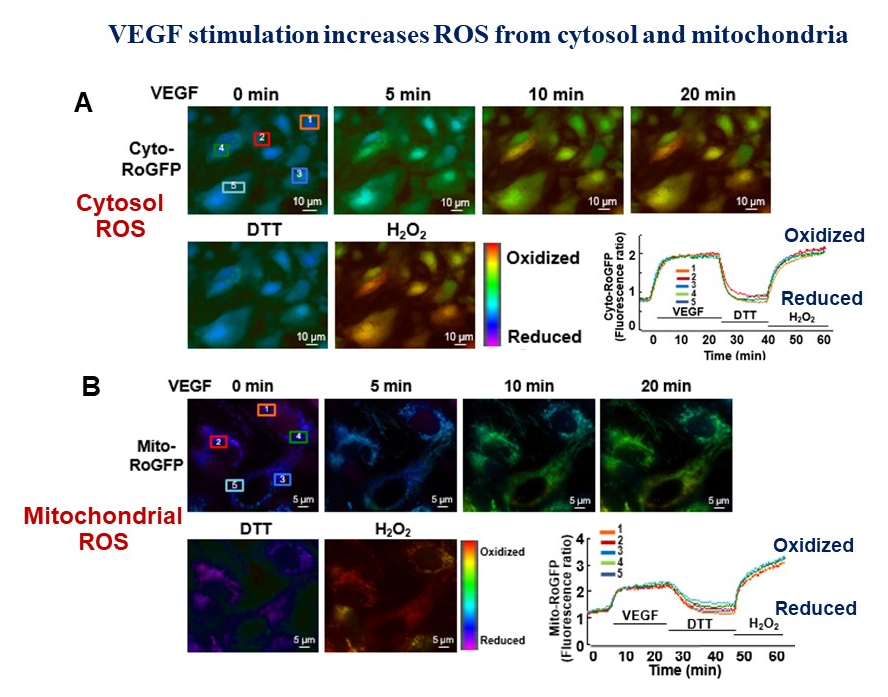
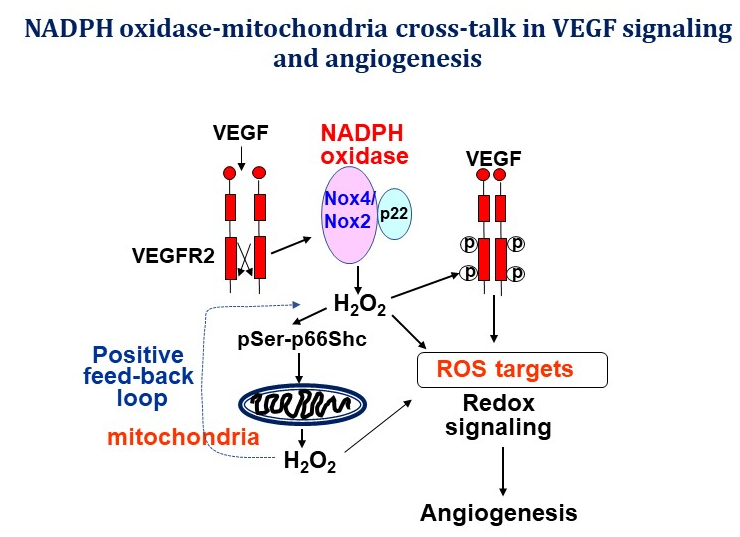
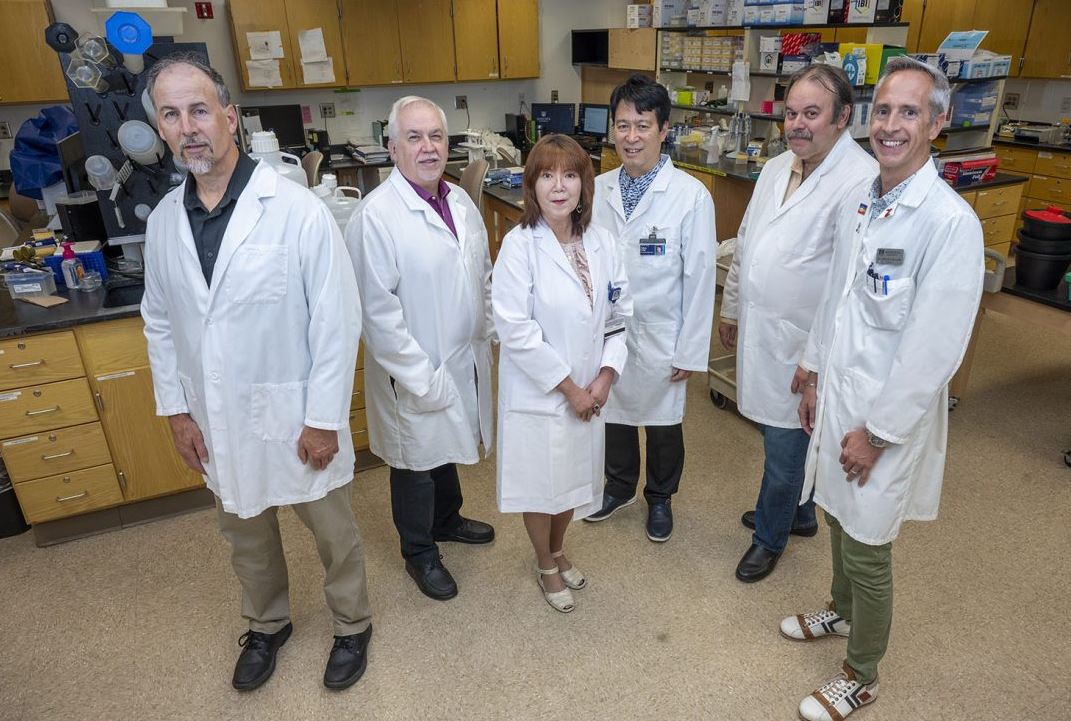
$11.3 million NIH grant to help identify causes of vascular disease
$11.3 million NIH grant to help identify causes of vascular disease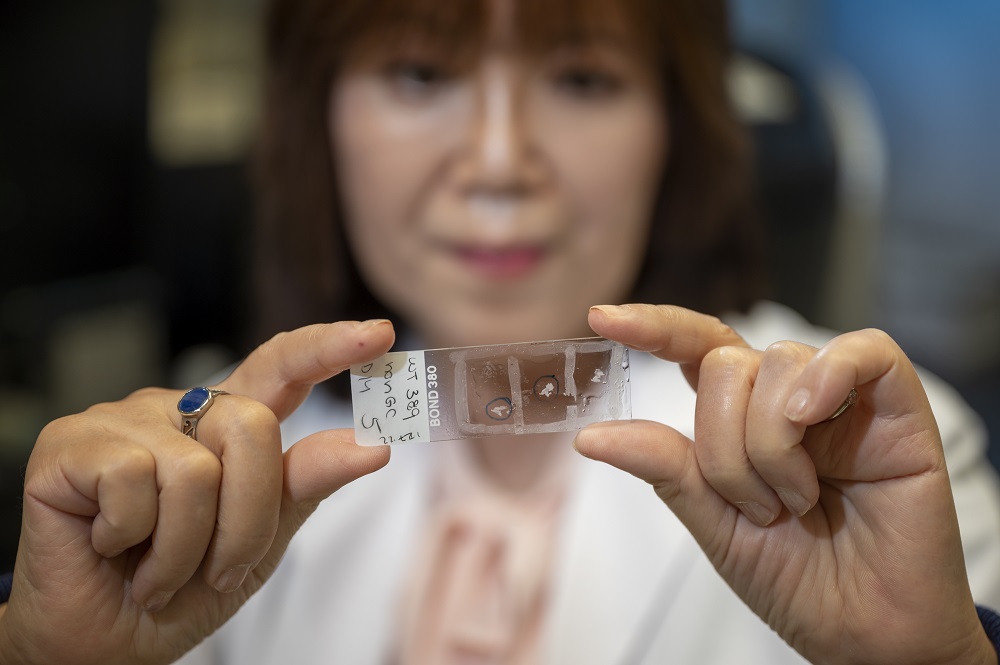
Powerhouse-pruning protein may also aid new blood vessel growth in vascular disease
Powerhouse-pruning protein may also aid new blood vessel growth in vascular disease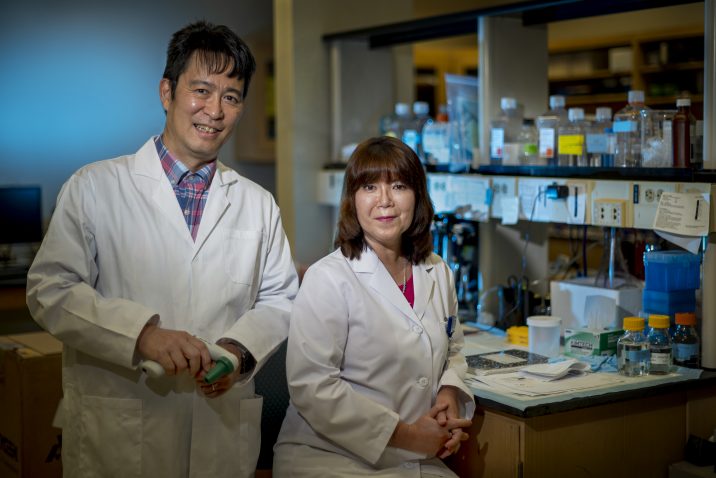
Copper transporter potential new treatment target for cardiovascular disease
Copper transporter potential new treatment target for cardiovascular disease
